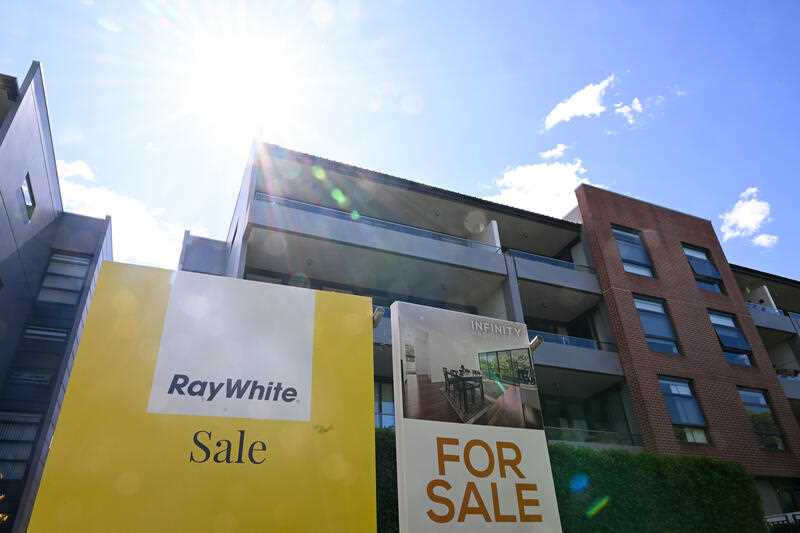By Poppy Johnston
Higher interest rates may be making it more expensive to service a loan but surging rents are prodding first-time home buyers into action.
First-home buyers are making it onto the property ladder in respectable numbers, despite affordability challenges.
The Australian Bureau of Statistics recorded a 4.3 per cent uptick in the number of new loan commitments to first-time owner-occupier purchasers in February.
While this followed a 5.6 per cent fall in January, first-home buyer loan numbers were 13.2 per cent higher than a year ago.
With more than 9,300 first-home buyer loan commitments recorded over the month, activity was well down from the highs reached in January 2021 but broadly in line with pre-pandemic levels.
National Australia Bank senior markets economist Taylor Nugent said lending approvals for first-home buyers had proved resilient.
He said this suggested higher mortgage rates were not proving much of a hurdle, or at least compared to the rising cost of renting.
“Higher mortgage rates and affordability constraints are being offset by tightness in rental markets and underlying strength in housing demand,” Mr Nugent said.
With new home building subdued and demand for housing strong, prices for existing homes gained another 0.6 per cent in March, based on CoreLogic’s monthly measure, to be 1.6 per cent higher over the quarter.
Reflecting higher house prices, the value of loans to first-home buyers rose 4.8 per cent over the month to be 20.7 per cent higher annually.
The fresh batch of ABS data also revealed strength in investor lending, with the total value of their loans 21.5 per cent higher annually and making up more than half the growth in total new loan commitments over the past year.
The value of owner-occupier loans rose 9.1 per cent over the same period.
Overall, the value of new housing loan commitments lifted 1.5 per cent in February, a total of $26.4 billion, with large upward revisions to recent months
CommSec economists Ryan Felsman and Craig James said demand for homes continued to rise given a “relatively firm job market, a healthy stock of savings and rising migration offsetting higher interest rates”.
They said it was a promising sign first home buyers remained active.
“There is a general perception that interest rates have peaked, and this may be seeing greater urgency by home buyers to secure their purchase, fearful of a more significant influx of buyers when interest rates actually start their descent,” they added.






